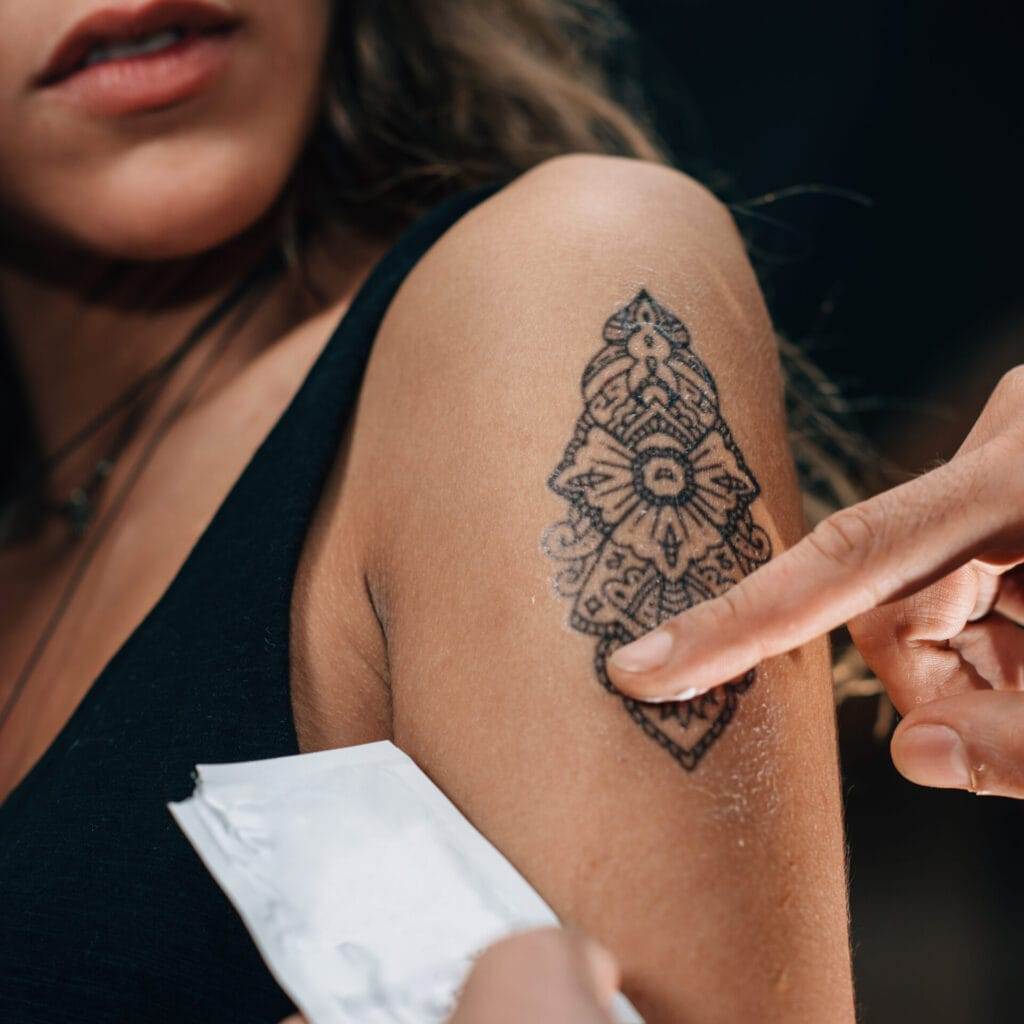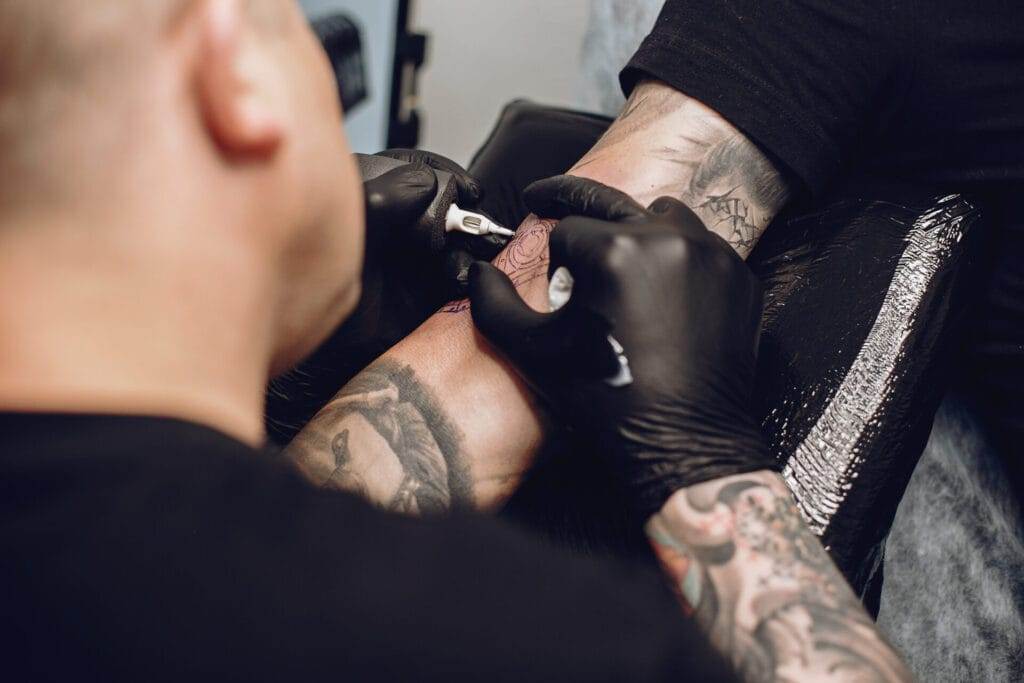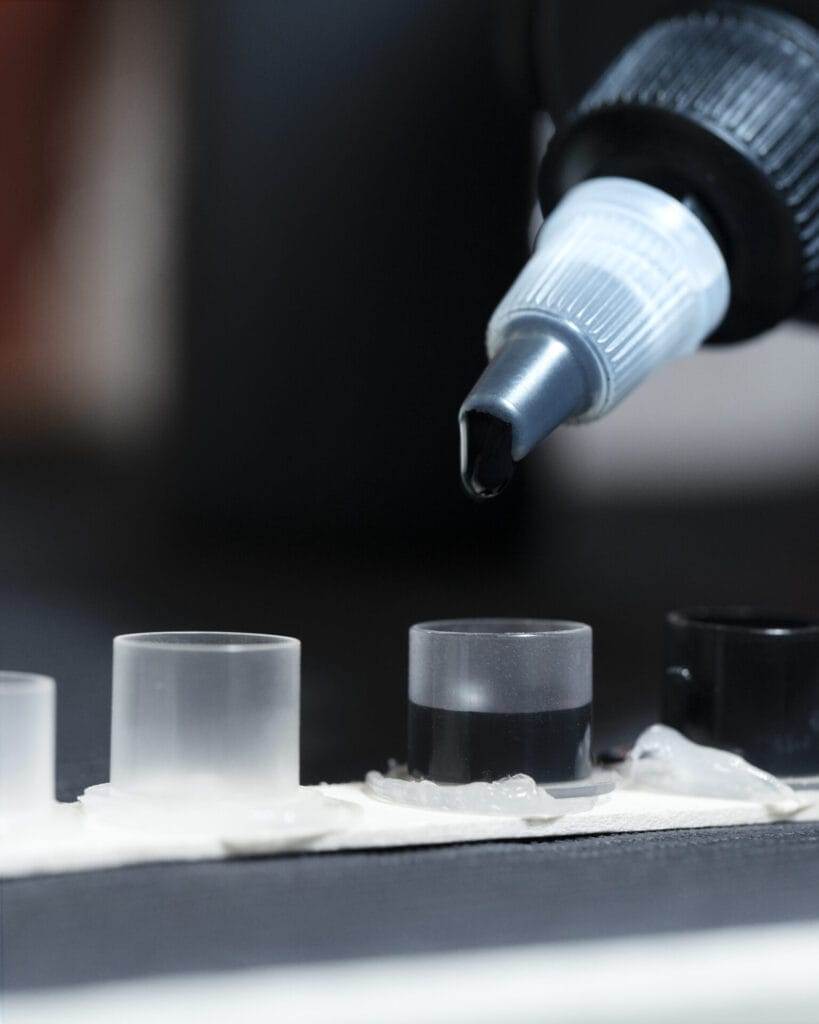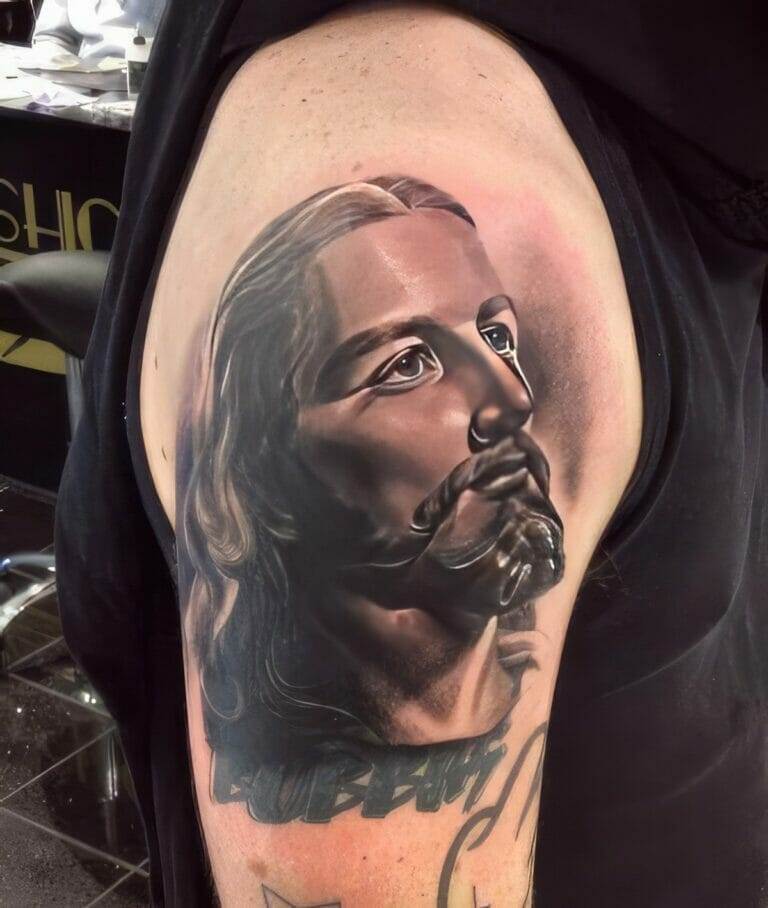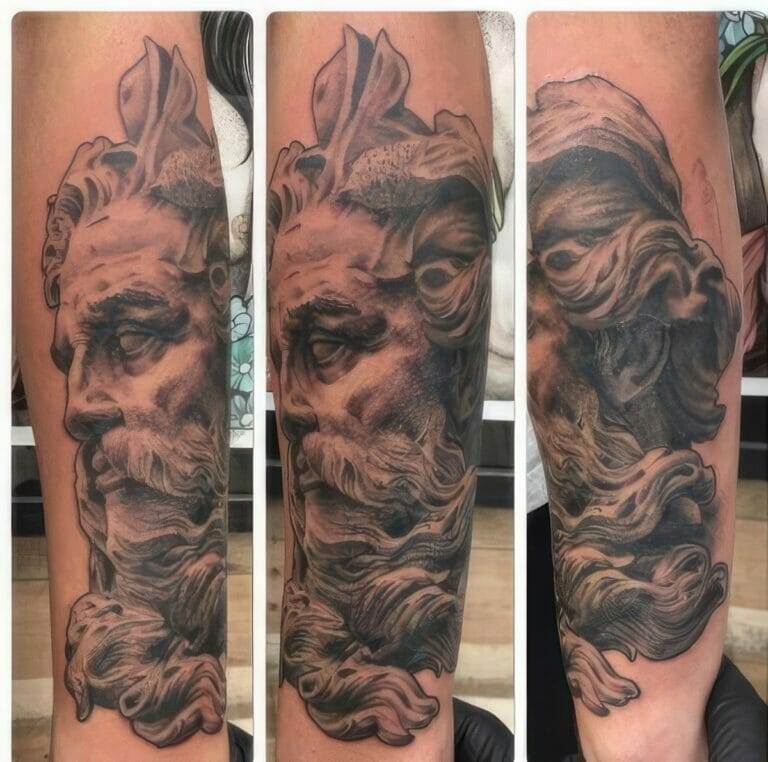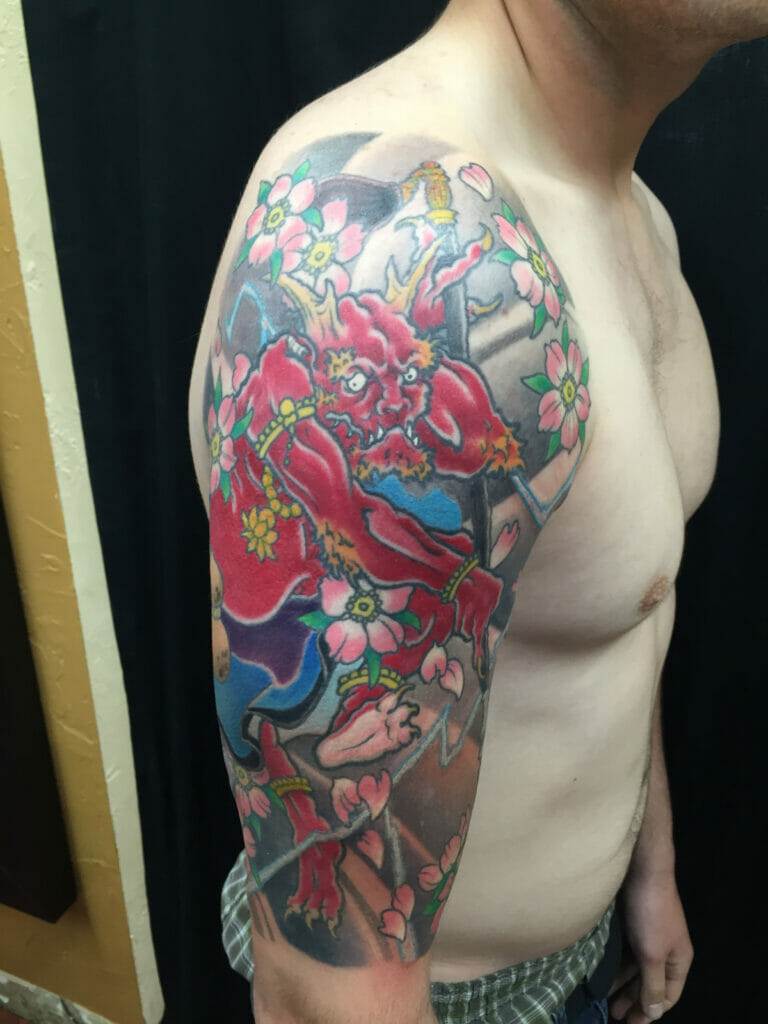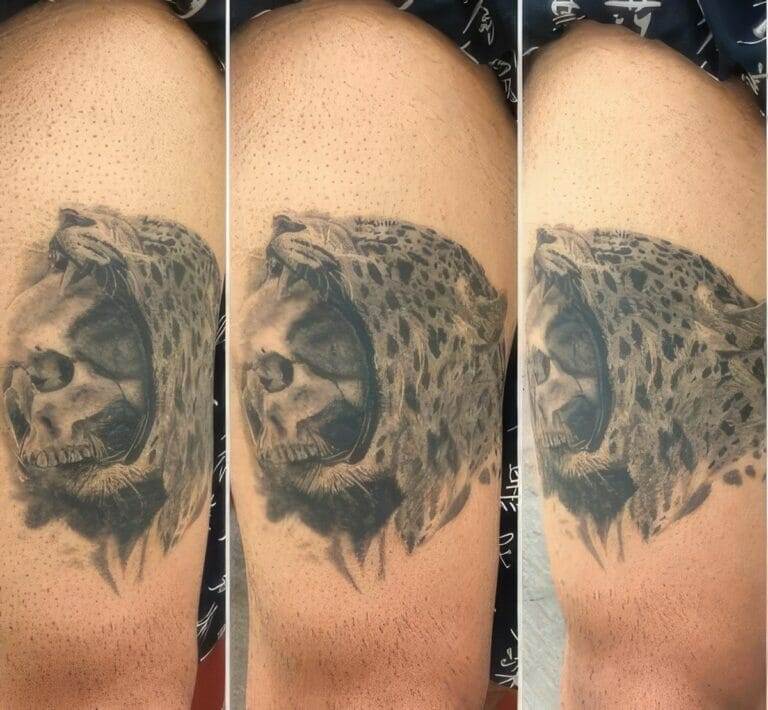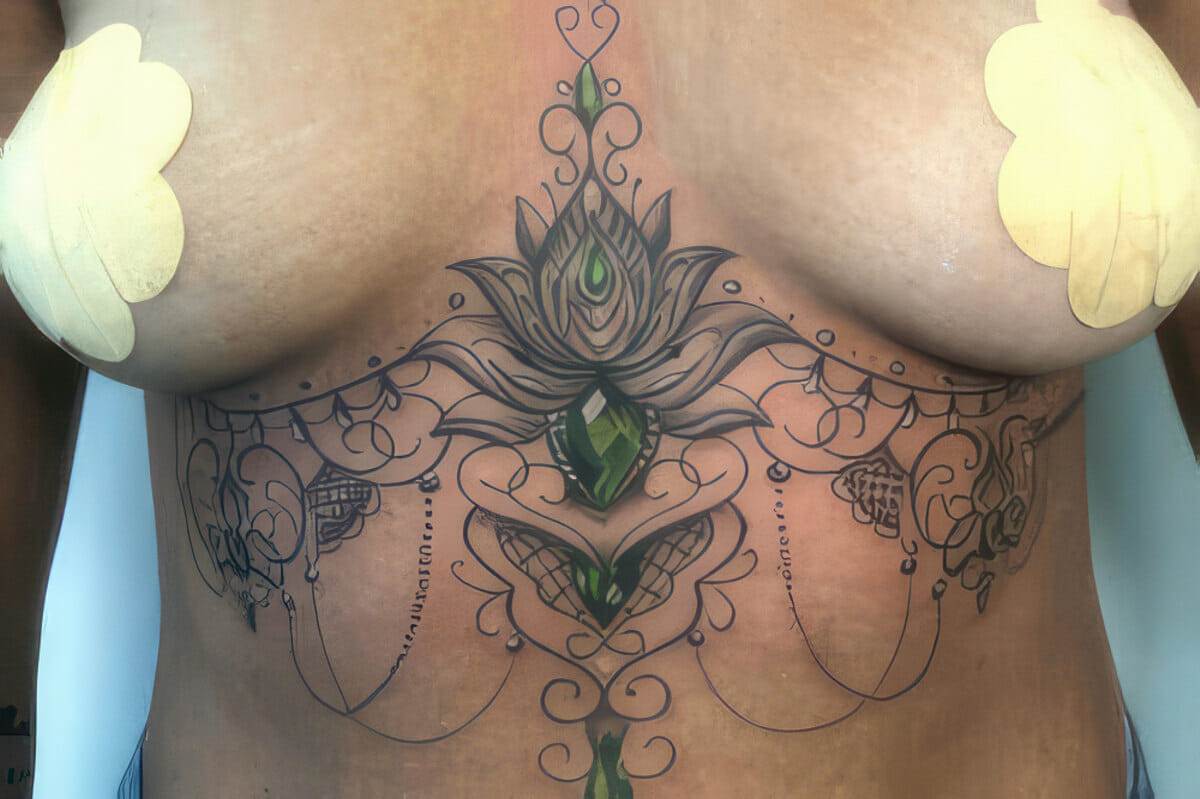
Cover-up tattoos have become increasingly popular in recent years as more and more people seek to transform their old, unwanted tattoos into something new and beautiful. Whether it’s a misspelled word, a faded design, or simply a change in taste, cover-up tattoos offer a second chance for individuals to express themselves through body art. However, finding the right tattoo artist for cover-up tattoos is crucial to ensure a successful transformation.
When it comes to cover-up tattoos, it’s important to find a tattoo artist who specializes in this particular art form. Covering up an existing tattoo requires skill and expertise, as the artist needs to strategically design a new tattoo that effectively conceals the old one. This often involves incorporating elements of the existing tattoo into the new design or using specific techniques to mask the original ink. Therefore, it’s essential to do thorough research and find an artist who has experience and a portfolio of successful cover-up tattoos.
The Psychology of Cover-Up Tattoos: Giving Second Chances
The decision to get a cover-up tattoo is often driven by emotional reasons. For many individuals, their old tattoo may represent a past mistake or a reminder of a painful experience. Getting a cover-up tattoo allows them to reclaim their body and create something new that reflects who they are now or what they have overcome.
Cover-up tattoos can also be a way for people to move on from trauma or loss. It can serve as a form of therapy, allowing individuals to visually represent their healing process and symbolize their journey towards recovery. By covering up an old tattoo that may have negative associations, they can create something positive and empowering.
The Process of Covering Up Tattoos: What to Expect
The process of covering up a tattoo involves several steps, starting with a consultation with the tattoo artist. During this initial meeting, the artist will assess the existing tattoo and discuss the client’s desired outcome. They will also take into consideration factors such as the size, color, and location of the old tattoo, as well as the client’s skin tone and texture.
Once the consultation is complete, the artist will begin the design process. This may involve sketching out ideas or creating a digital mock-up of the new tattoo. The client will have the opportunity to provide feedback and make any necessary changes before finalizing the design.
The actual tattooing process will then take place, which may require multiple sessions depending on the complexity of the cover-up. The artist will use various techniques to effectively conceal the old tattoo, such as shading, color blending, or incorporating elements of the existing tattoo into the new design. It’s important to note that cover-up tattoos may require more time and skill compared to regular tattoos, so it’s crucial to be patient and trust the process.
Choosing the Right Design for Cover-Up Tattoos: Tips and Tricks
Choosing a design for a cover-up tattoo can be challenging, as it needs to effectively hide the old tattoo while still being aesthetically pleasing. Here are some tips to consider when selecting a design:
1. Size and Placement: The new tattoo should be larger than the old one to ensure complete coverage. It’s also important to choose a design that fits well with the existing shape and contours of the body.
2. Color Palette: Consider using darker colors or incorporating black ink into the design to help conceal the old tattoo. Bright colors can also be used strategically to distract attention from the original ink.
3. Style and Theme: Choose a style or theme that complements your personal taste and preferences. It’s important to work closely with your tattoo artist to create a design that you love and feel confident in.
4. Research and Inspiration: Look for inspiration online or in tattoo magazines to get ideas for cover-up designs. Save images that resonate with you and bring them to your consultation to help communicate your vision to the artist.
Cover-Up Tattoos for Different Types of Mistakes: Misspelled Words, Faded Ink, and More
Cover-up tattoos can be a solution for various types of tattoo mistakes. Some common examples include misspelled words, faded ink, or tattoos that no longer hold personal significance. Here are some tips for choosing a design that effectively covers up these mistakes:
1. Misspelled Words: If you have a tattoo with a misspelled word, consider incorporating it into a larger design or transforming it into a different word or phrase that holds personal meaning.
2. Faded Ink: Faded tattoos can be covered up by using darker colors or incorporating bold designs that draw attention away from the original ink.
3. Tattoos with No Personal Significance: If you have a tattoo that no longer holds personal significance, consider covering it up with a design that represents who you are now or something that you are passionate about.
The Beauty of Cover-Up Tattoos: Transforming Mistakes into Masterpieces
Cover-up tattoos have the power to transform old mistakes into beautiful works of art. Skilled tattoo artists can use their creativity and expertise to turn an unwanted tattoo into something that the client can be proud of. By embracing imperfection and working with the existing tattoo, cover-up tattoos can become unique and visually stunning pieces.
There are countless examples of cover-up tattoos that have successfully transformed old mistakes into masterpieces. From intricate designs that seamlessly blend with the original ink to bold and vibrant creations that completely conceal the old tattoo, cover-up tattoos offer endless possibilities for artistic expression.
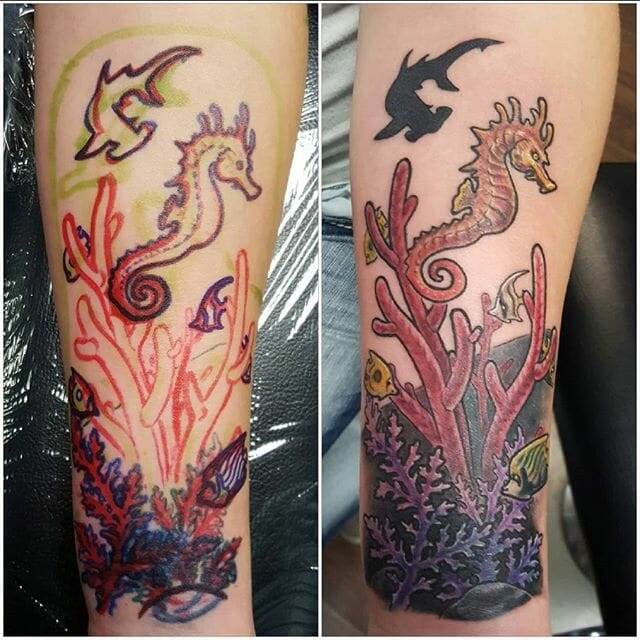
Cover-Up Tattoos for Emotional Healing: Moving On from Trauma and Loss
Cover-up tattoos can also serve as a powerful tool for emotional healing. For individuals who have experienced trauma or loss, getting a cover-up tattoo can be a way to reclaim their body and create a visual representation of their healing process.
These tattoos can symbolize strength, resilience, and the ability to move forward. They can serve as a reminder of the individual’s journey towards healing and provide a sense of closure or empowerment. By covering up a tattoo that may have negative associations, individuals can create something beautiful and meaningful that represents their growth and transformation.
The Cost of Cover-Up Tattoos: How Much Should You Expect to Pay?
The cost of a cover-up tattoo can vary depending on several factors. These include the size and complexity of the design, the skill level and experience of the tattoo artist, and the location of the tattoo studio. On average, cover-up tattoos can range from $200 to $500 per session, with multiple sessions often required for complete coverage.
It’s important to keep in mind that cover-up tattoos may require more time and skill compared to regular tattoos, which can contribute to the higher cost. Additionally, the artist may need to use more ink or specialized techniques to effectively conceal the old tattoo. It’s crucial to prioritize quality over cost when it comes to cover-up tattoos, as finding an experienced artist who specializes in this art form is essential for a successful outcome.
Aftercare for Cover-Up Tattoos: Tips for Keeping Your New Ink Looking Fresh
Proper aftercare is essential for keeping your new cover-up tattoo looking fresh and vibrant. Here are some tips to help you care for your new ink:
1. Follow the Artist’s Instructions: Your tattoo artist will provide you with specific aftercare instructions. It’s important to follow these instructions carefully to ensure proper healing and prevent infection.
2. Keep it Clean: Gently wash your tattoo with mild soap and warm water, then pat it dry with a clean towel. Avoid using harsh cleansers or scrubbing the tattoo, as this can cause irritation.
3. Moisturize Regularly: Apply a thin layer of fragrance-free moisturizer or tattoo aftercare cream to keep the skin hydrated and prevent dryness or itching.
4. Avoid Sun Exposure: Protect your tattoo from direct sunlight, as UV rays can fade the colors and cause the ink to blur over time. If you need to be in the sun, apply a high SPF sunscreen to the tattooed area.
5. Avoid Swimming: Avoid swimming in pools, hot tubs, or natural bodies of water until your tattoo is fully healed. These environments can harbor bacteria that can lead to infection.
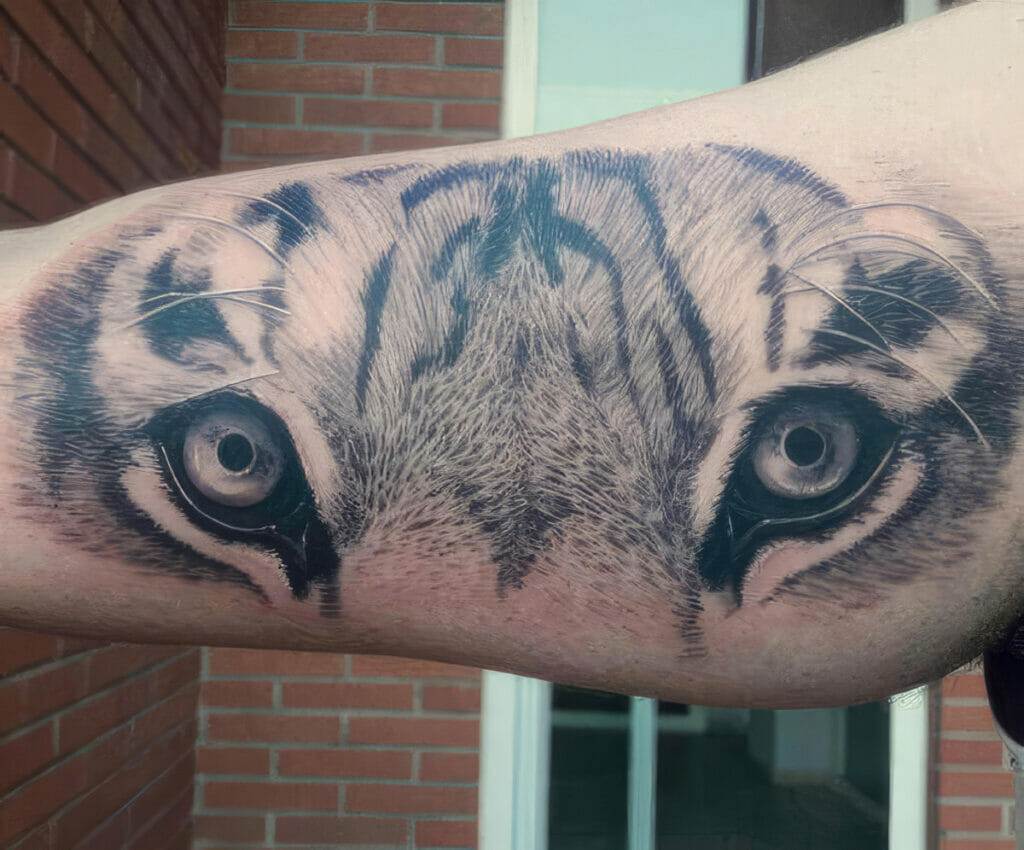
The Power of Second Chances and the Beauty of Cover-Up Tattoos
In conclusion, cover-up tattoos offer individuals a second chance to transform their old, unwanted tattoos into something new and beautiful. Whether it’s a misspelled word, faded ink, or simply a change in taste, cover-up tattoos allow individuals to reclaim their bodies and create something that reflects who they are now.
The process of covering up a tattoo requires finding the right tattoo artist who specializes in cover-ups. It’s important to do thorough research and find an artist with experience and a portfolio of successful cover-up tattoos. The design process involves careful consideration of factors such as size, color, and placement to effectively conceal the old tattoo.
Cover-up tattoos can be a powerful tool for emotional healing, allowing individuals to move on from past mistakes or trauma. They can serve as a visual representation of growth, resilience, and transformation. By embracing imperfection and working with the existing tattoo, cover-up tattoos can become stunning works of art that celebrate the beauty of second chances.

